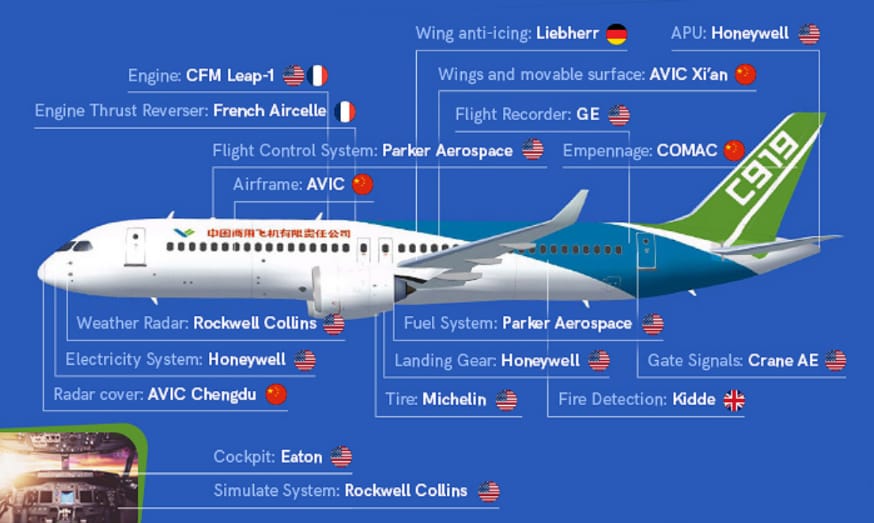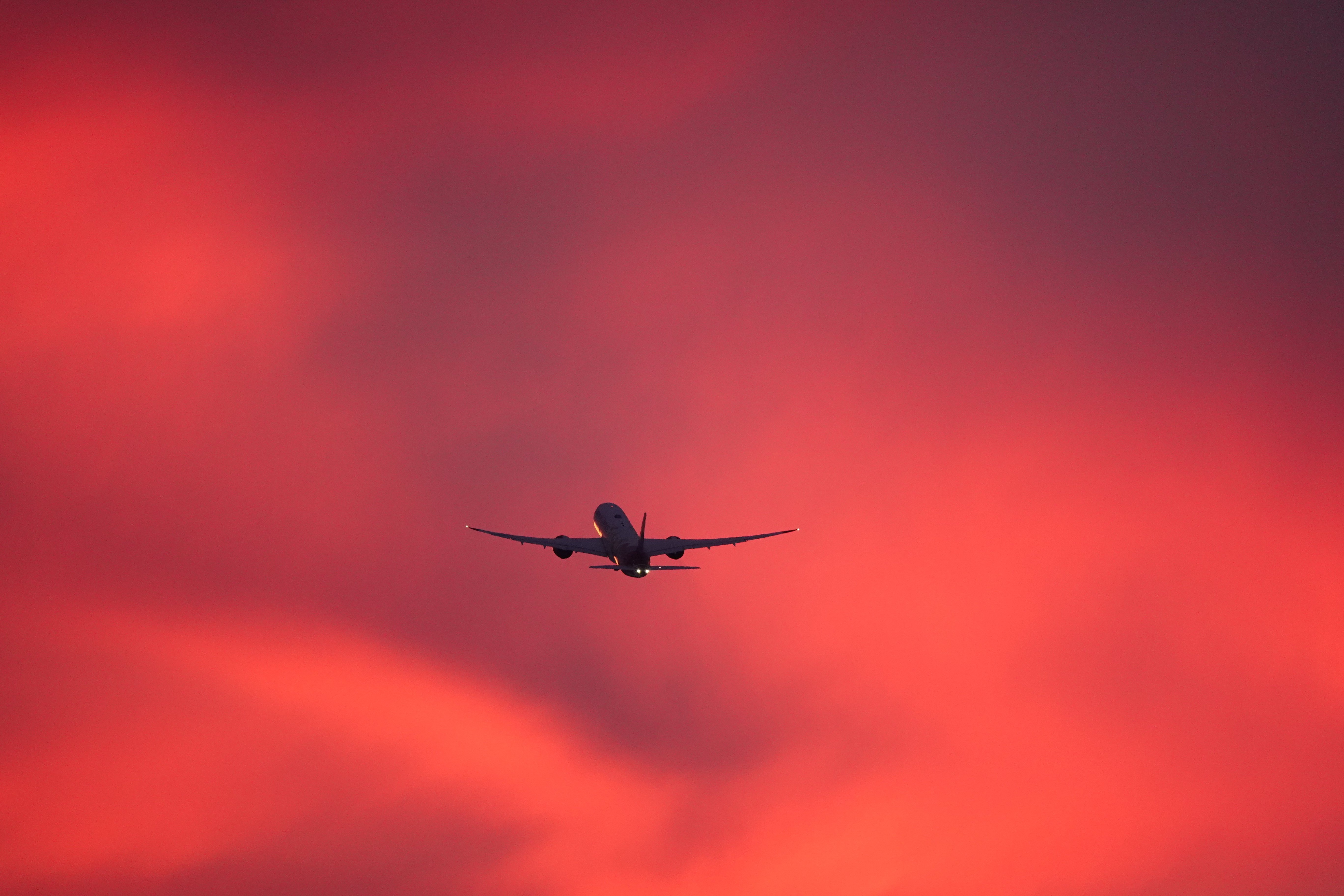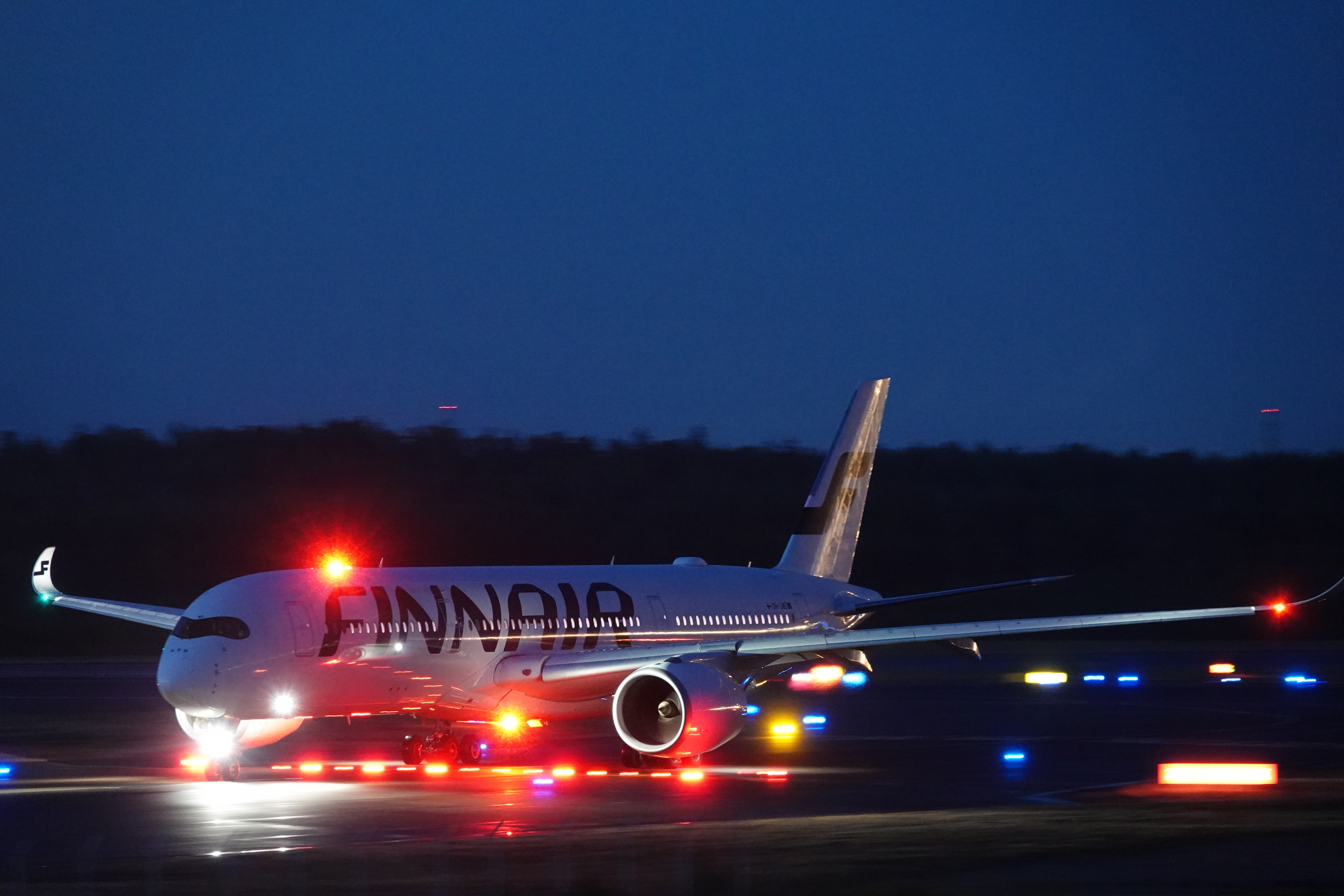So this is something I've been thinking about looking at widebody seat maps: Whenever a plane is a dual-aisle 8-abreast configuration, it is always laid out in a 2-4-2 configuration, almost never 3-2-3 which would take up the same internal width, just shifting each aisle inward by a seat.
Example: 8-abreast A330 economy class:

Admittedly my knowledge on the most efficient seating arrangements is limited, but wouldn't 3-2-3 be preferable compared to 2-4-2? It would shift the middle seats toward the edges of the cabin, to the windows in the same relative position as a narrowbody, and would turn the innermost seats into aisle seats; all of which I imagine would reduce the claustrophobic feeling of both the middle seats, which are now only one seat away from a window, as well as the innermost seats as they would now have direct aisle access.
I'd imagine this would also not make a significant impact on boarding and deboarding times, since the aisles themselves are the limiting factors as opposed to how many seats are on one side of the aisle. There would be three people coming into each aisle from the window side and only one from the center of the plane as opposed to two on each side, but that would be negligible compared to the time it actually takes to make it through the aisle to the door.
Also they wouldn't need to separately manufacture a four-abreast seat row and can just use the three and two abreast seats they already use on narrowbodies.
The fact that we almost never see 3-2-3 seating in commercial aviation makes me think there's a massive drawback that is completely escaping me. What do you think? Why don't we see this more often and what are the actual disadvantages of this?






